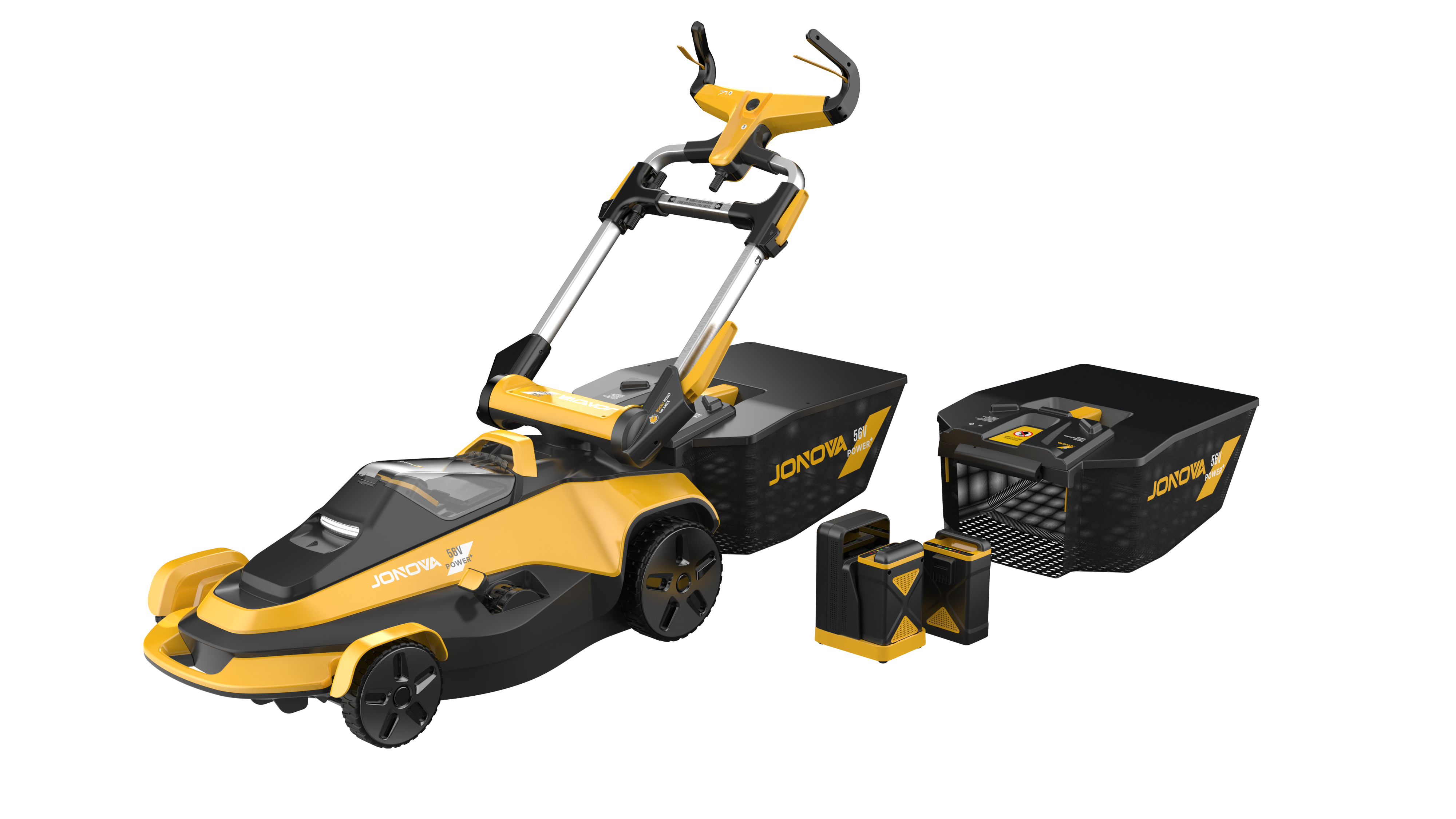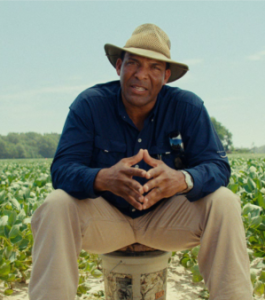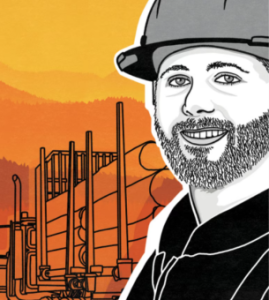Push working
Raise the head above the work to be done or as high as possible. The hydraulic top link of the three-point hitch
carriers or the tilt cylinders of loader arms on most hydraulic carriers are retracted to its innermost position.
This rotates the entire machine and trap door upwards to maximize the rotor area to the work. Move the
carrier forward to engage the work.
Position the Mulcher so that:
ƒ If equipped with a trap door put it in the open position to allow maximum exposure of the mulcher tools
to the work.
ƒ Engage the work fully.
ƒ Lower the head as the work allows. When RPM begins to drop, move carrier slowly back while continuing
to lower the head. Rotate the head downward as the head approaches the ground using care not to
rotate the head too quickly.
Gauge carrier speed and shredding depth by monitoring the engine RPM’s in response to the mulcher tools
contacting and grinding the work. Do not allow the engine to slow below its torque curve or beyond the
engines ability to quickly recover when the load is removed.
Now the head is positioned properly for shredding the work you have taken down. A major factor in successful
operation is learning how soon to start going back the way you came. It is in this mode that the finish work is
performed.
ƒ Begin shredding pullback when chains are slightly off the ground and the front corner of the mulcher
shoes contact the ground. Note: for fine grind raise head slightly off ground AFTER contact.
ƒ The mulcher is moved slowly back grinding the material repeatedly against the counter combs inside the
body. Closing the trap door (if equipped) will retain as much material as possible within the mulcher
shroud for safe operation and maximum shredding.
Just as in the Take Down Mode, work the lift slightly up and down in response to the carriers engine RPM’s and
proceed in low speed gear.
Stump Grinding
Out of Ground (loose) stumps
ƒ The tilted-back cutter head is raised up and slowly brought down to plane a layer off the stump. Raise up
and plane down.
ƒ As a general rule, do not rotate the cutter head forward because the rotor might catch the loose stump
and eject it towards the tractor.
ƒ Sometimes it is better to dig a hole with the rotor to roll the stump into so that it can be pinned in one
place to be ground down.
ƒ Lower the mulcher to keep the stump engaged and pinned to the ground. Proceed grinding downward
with the mulcher’s tools climbing up and over the stump.
ƒ Repeat this process as the mulcher works through the stump an inch or two at a time, taking great care
not to eject the shrinking stump under the carrier.
Fixed (in ground) stumps
ƒ Grinding off stumps still in the ground simply requires the back- and forth motion of the tractor while the
cutter head is being incrementally lowered.
ƒ Stump grinding is most effective in the forward direction. This allows the rotor to walk over the stump as
it grinds with the added force of gravity and positive kinetic energy in its favor.
NOTICE: A rotor that moves back and forth changes the angle of attack, changes the tool arc, has less total
friction to overcome, tears the fiber laterally, and helps split the tree fibers horizontally.













